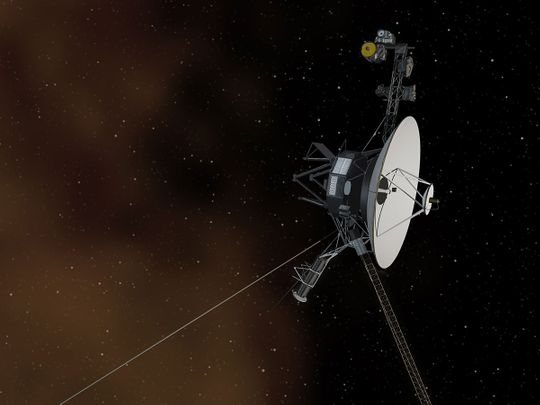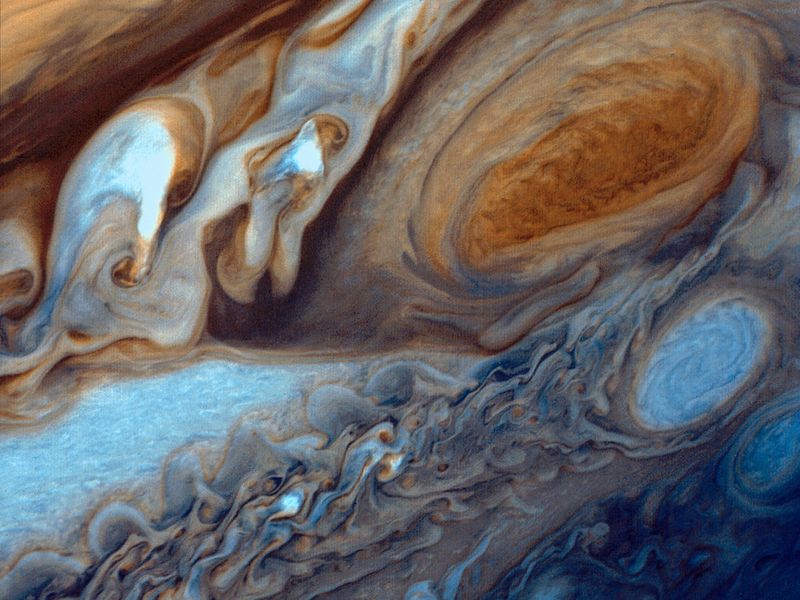
In the summer of 1965, scientists at US space agency National Aeronautics and Space Administration (Nasa) calculated that it was possible for a spacecraft launched in the late 1970s to visit all four of our solar system’s giant outer planets – Jupiter, Saturn, Uranus and Neptune. This unique planetary alignment, it was found, occurs once every 176 years.
Click start to play today’s astronomy-themed Crossword.
Fast forward to August 20, 1977, and the launch of Voyager 2. Just a month later, on September 5, Voyager 1 was launched. The idea was to use the gravity of each planet as momentum to swing the spacecraft onto the next one. Today, over 40 years later, the twin spacecraft – each no bigger than a dairy cow – are going where no man or manmade object has gone before.
In 2012, Voyager 1 became the first human-made object to enter interstellar space, when it ventured beyond the heliospace – the boundary between our solar bubble and the matter ejected by the explosions of other stars. Voyager 2 did it again in 2018.
Now, according to Nasa’s website, the spacecraft are more than 17 billion kilometres away from the sun but are only at the beginning of their journey. Both probes are expected to still head across the galaxy long after our own sun dies in four or five billion years.

It’s a lonely trip for the Voyagers, because even though our night sky looks like there are countless stars in the universe jostling for space, the cosmos is mostly empty. According to a December 2018 National Geographic report, the distance between stars is so vast that even when our galaxy smashes into our neighbouring Andromeda galaxy (estimated time of collision: in four billion years), there will not be as many stellar collisions as we may think.
In fact, even travelling at 56,000km/hr, Voyager 2 will only come close to another star in 40,000 years, when it will pass within 1.7 lightyears of Ross 248, a small, red dwarf star. And in 61,000 years, it will pass beyond the Oort Cloud, a swarm of icy objects, which scientists call the boundary of the solar system, as it is where the sun’s gravitational influence stops.
If the spacecraft come across alien civilisation along the way, they carry an introduction with them: two golden records, full of the sights and sounds of their home planet, Earth. Those records would most likely be the last remaining memory of our planet. The Earth, by then, would have disintegrated (due to various theories by scientists, like the dying of the sun or global deoxygenation), and embarked on its own final journey, scattering across the starry cosmos.
Play today’s Crossword and let us know if you are amazed and humbled by astronomy, at games@gulfnews.com.



